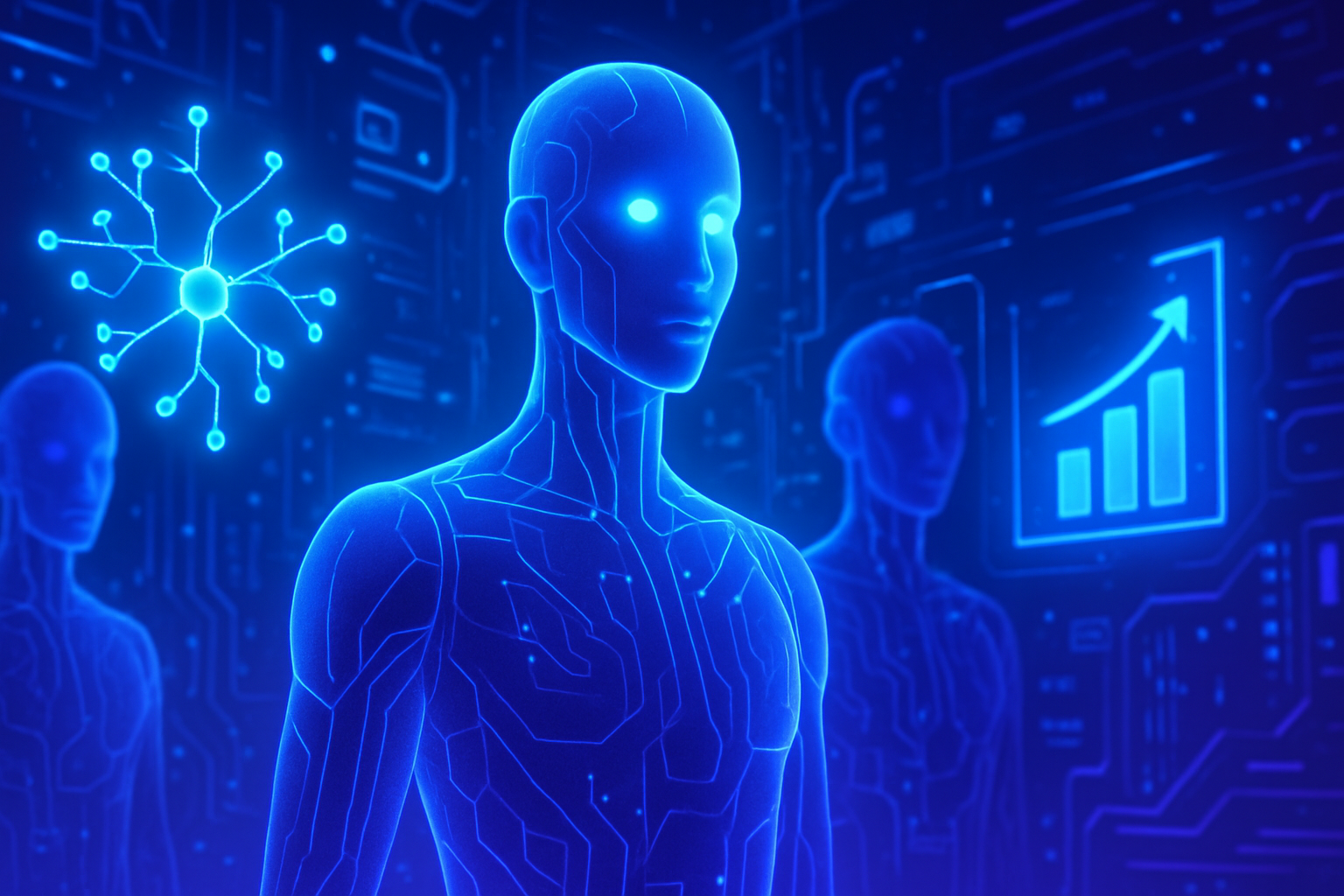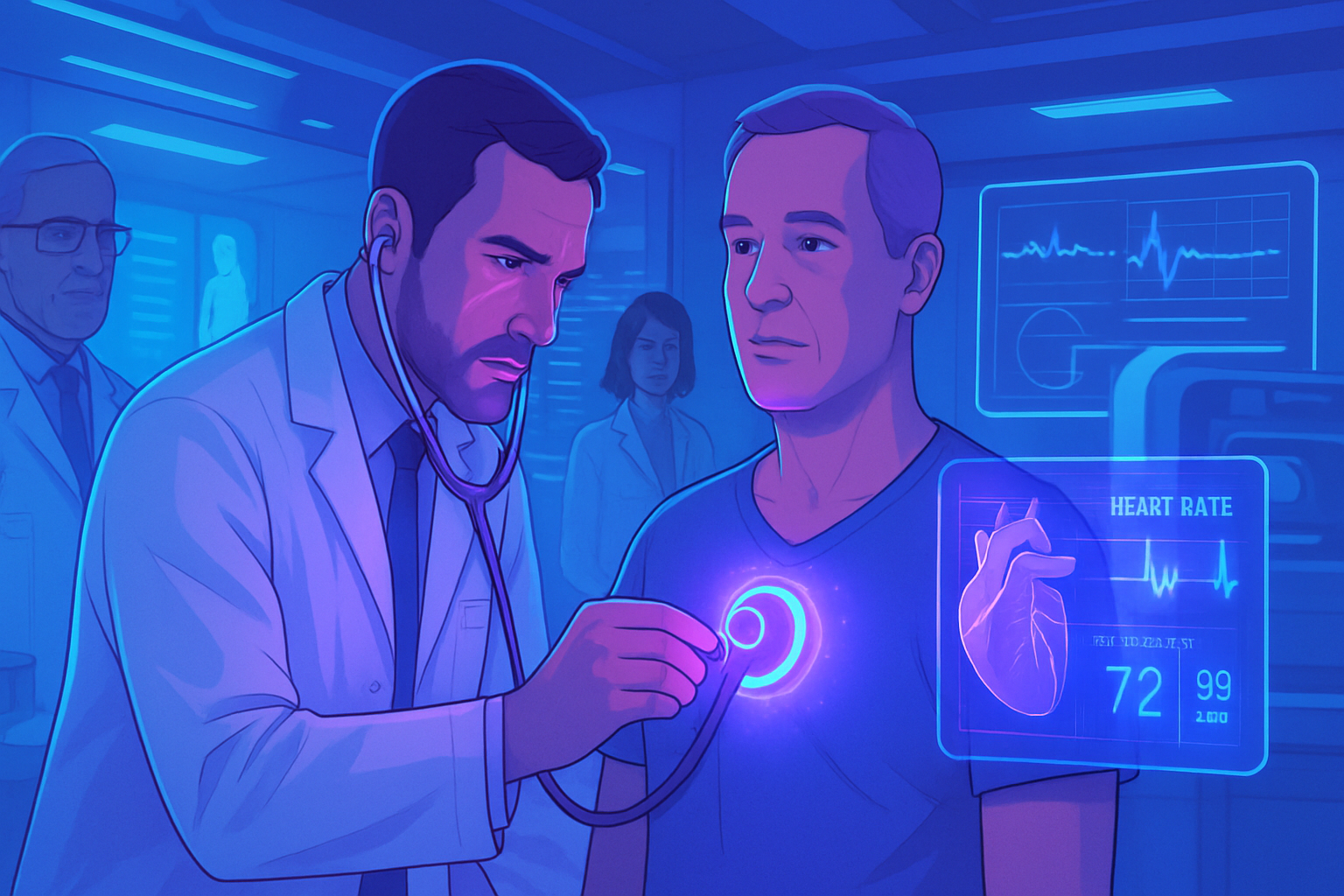The emergence of artificial intelligence profoundly redefines how we envision weather forecasting. This technological turning point brings sophisticated analytical models capable of delivering forecasts with unparalleled accuracy. The stakes related to extreme weather events become crucial, necessitating appropriate tools to anticipate and mitigate their devastating impacts.
Faced with the multiplicity of environmental challenges, automating data collection and analysis becomes imperative. Artificial intelligence asserts itself as a catalyst for transformation, bringing enhanced relevance to forecasts and revolutionizing our understanding of climatic phenomena. This innovation marks a decisive turning point in the future of meteorology, paving the way for an era where every data point counts and every forecast proves vital.
A revolutionary advance in weather forecasting
The technological revolution observed in the field of weather forecasting stems from the innovations brought by artificial intelligence. Thanks to sophisticated algorithms, Google recently launched a model called GenCast. This model allows for obtaining accurate forecasts up to fifteen days in advance, surpassing traditional methods.
GraphCast: An innovative model from Google
In the pursuit of improving forecast accuracy, Google DeepMind developed GraphCast. This model, based on advanced neural networks, analyzes massive datasets. The results obtained offer an unprecedented quality of prediction. Experts and users agree that this technology could profoundly transform the way we anticipate weather events.
The impact of artificial intelligence on meteorology
The weather predictions made by artificial intelligence systems stand out for their speed and efficiency. AI enables the interpretation of complex data in real-time, making the detection of climatic patterns easier.
This approach employs innovative visualizations that combine traditional climate models with machine learning tools.
The challenges of climate change
In light of the increasingly frequent extreme weather events, the necessity for accurate forecasting becomes imperative. AI systems like AIFS, developed by the European Centre for Medium-Range Weather Forecasts, address this need. This system based on artificial intelligence improves the accuracy of seasonal forecasts and helps anticipate climatic impacts.
An international cooperation
Collaborations between different research organizations in meteorology and technology companies are bearing fruit. For example, G42, in partnership with NVIDIA Earth-2, is revolutionizing climate forecasting through AI. This type of initiative underscores the importance of a collaborative approach to address global climate challenges.
AI models in development
Many companies, in addition to Google, are turning to AI to refine their forecasting methods. Modern algorithms, such as those used by GenCast and GraphCast, measure atmospheric variables with alarming precision. The acquisition of data by satellites considerably enhances the quality of the information gathered.
Future perspective
The prospects for evolution in the field of weather forecasting are promising. The combination of advanced data processing tools and models of artificial intelligence could predict not only the weather but also long-term climate trends. From anticipating natural disasters to effective resource management, the potential applications of these technologies are vast.
Finally, the integration of AI into meteorological services is only at its beginnings. The pursuit of innovation in this sector can contribute to the overall well-being of the population in the face of a constantly evolving climate. The cognitive advancements offered by systems such as GenCast and GraphCast open a new techno-scientific chapter in the field of weather forecasting.
FAQ on revolutionary advancements in weather forecasting thanks to artificial intelligence
What are the main innovations brought by AI in weather forecasting?
The innovations include the use of advanced algorithms capable of processing massive datasets, allowing for faster and more accurate forecasts, as well as better modeling of extreme climatic phenomena.
How does AI improve the accuracy of weather forecasts?
AI, thanks to its machine learning capabilities, refines forecasting models by integrating real-time and historical data, thus improving the accuracy of estimates on weather developments.
What AI models are used for long-term forecasts?
Models such as GraphCast and GenCast, developed by companies like Google DeepMind, are designed to provide seasonal and long-term forecasts with unprecedented accuracy.
What are the advantages of AI-based weather forecasts compared to traditional methods?
AI-based forecasts are faster, more accurate, and capable of handling extreme weather events, which reduces impacts and improves the preparedness of populations and infrastructures.
How does AI help anticipate extreme climatic events?
By analyzing complex data and detecting patterns, AI allows for more precise and rapid anticipation of events such as floods, storms, and other extreme weather phenomena.
What is the impact of these technological advancements on the daily lives of people?
Advances in weather forecasting thanks to AI enable people to better plan their daily activities, prepare for natural disasters, and access reliable information about weather conditions.
Where can I find the latest updates on AI-based forecasts?
Updates can be found on the websites of meteorological institutes, published research articles, as well as on specialized technology platforms that track advancements in AI and meteorology.






